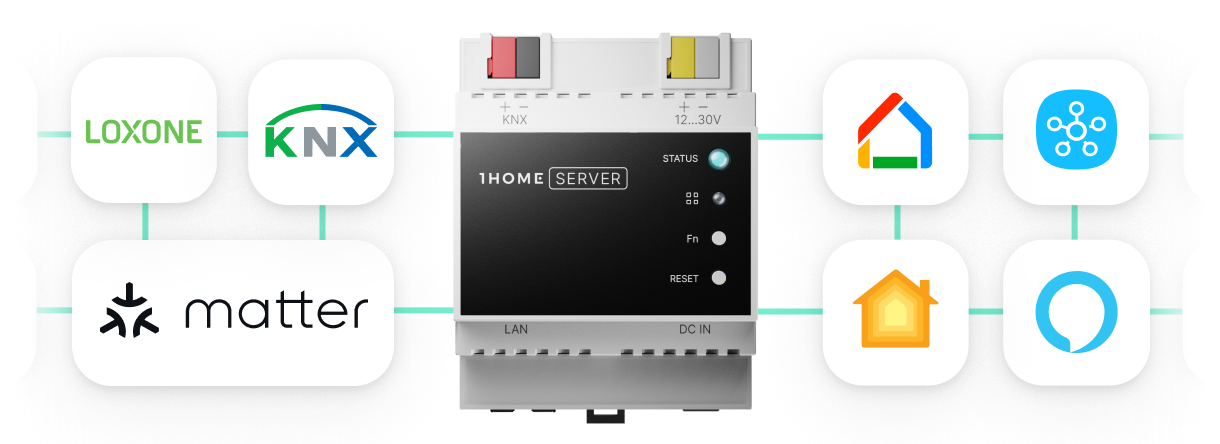
A smarter Google Assistant, rebranding to Nest, new SDK with local ambitions and the new Nest Hub Max lifted a lot of dust. A better, faster, stronger Google is coming in to our smart homes.
As Google’s Developer Conference has drawn to an end yesterday, May 9th, after three days filled to the brim with sneak peeks, software updates and for the first time in years also hardware announcements (Pixel 3a, Nest Hub Max). For the last three years, Google has saved a special part of its starting keynote at I/O for smart home gadgets. In the keynote, CEO Sundar Pichai said the company’s mission is shifting from a Google that
“helps you find answers”
to one that
“helps you get things done.”
If you missed it, here’s everything Google announced that’s relevant for smart home owners:
1. Headlined as the “next generation Assistant” is the upgrade to the Google Assistant. They showed off an early, but surprisingly capable, demo that brings all of the machine learning and AI and condenses it down into a package that fits your phone. Since it runs locally on your device, Google says the next generation Assistant can run 10x faster and answer queries in real-time. Apparently, Google accomplished this by shrinking its language recognition models from 100GB to less than half a gigabyte, which means that Assistant can do more computing on the device, rather than accessing the cloud. It also means that it can handle more complex commands quickly, which is what users want the most.
See how fast the software is on a Pixel 3a.

2. Google demonstrated Project Euphonia, an impressive project designed to let the Google Assistant’s voice recognition understand the speech-impaired. Last year they tested the ground by adding morse code as input method in Gboard complete with word predictions, and this year they are personalizing speech recognition and other non-verbal communications with Euphonia (Ancient Greek word literally meaning ‘good sound’). Some demonstrations shown include a voice recognition model for a deaf man with slurred speech, and another man who is restricted to typing one letter at a time through eye movements.
Learn more about Project Euphonia through this video.
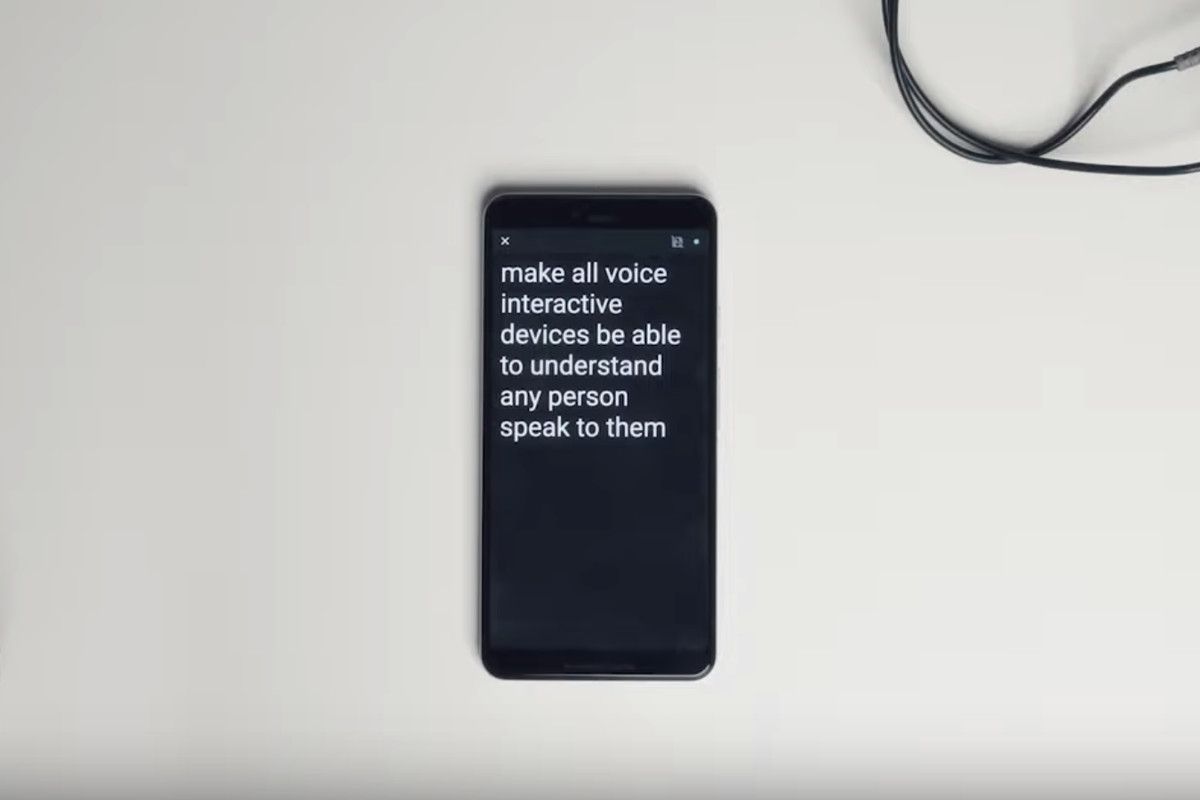
3. The star of the event was the reveal of a completely revamped Google Home brand. Google Home is now Google Nest, and the Google Home Hub is now the Google Nest Hub. Their first product from this initiative is the Nest Hub Max. It has a 10-inch touch screen that makes it easier to see from across the room. The Nest Hub Max has an HD Nest Cam built in and can be used just like any other Nest camera. It also supports Google Duo video calls and messages and has a facial-recognition system added. Wherever you stand on that new branding, it’s clear Google wants their smart home hardware all under one roof. Or should we say, all in one nest. 🐣
The migration of Nest Accounts to Google Accounts will roll out over the summer. You can find more info on the merging of both brands under one roof on the “What’s happening” page on Nest.com.
Google puts the rebrand this way: You make a house a home, we make a home a nest. Welcome to the #HelpfulHome.
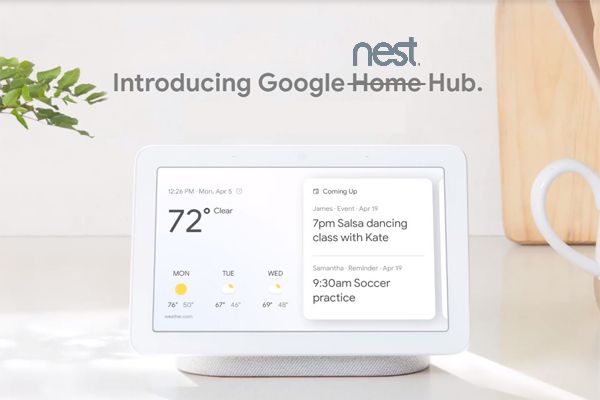
4. Google’s solution to accelerate the execution of commands is the Local Home SDK. In short, today commands issued to an assistant are first processed in the cloud and then send back to smart devices, like connected light bulbs. This round-trip will soon run locally on the assistant and will be sent to the designated smart device directly via Bluetooth or Wi-Fi. The SDK is currently in preview, but should be available for all developers next month.
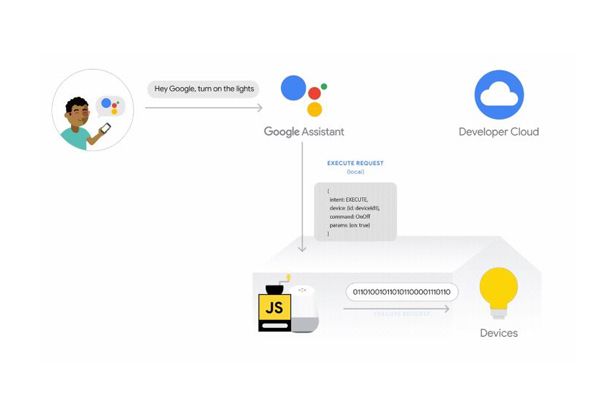
5. Last year, Google Assistant gained a screen to support more complex experiences beyond voice. Primarily voice-based actions are opening up to visual interfaces and touch interactivity. With Interactive Canvas there is even more action to come to Smart Displays. Starting yesterday, developers can build games with more categories to be added soon.

6. The most exciting news for developers creating for Google’s smart home products are 3 new device traits and 18 new device types like security systems, garage doors, and water heaters. You can find the completed list of all current device types here.
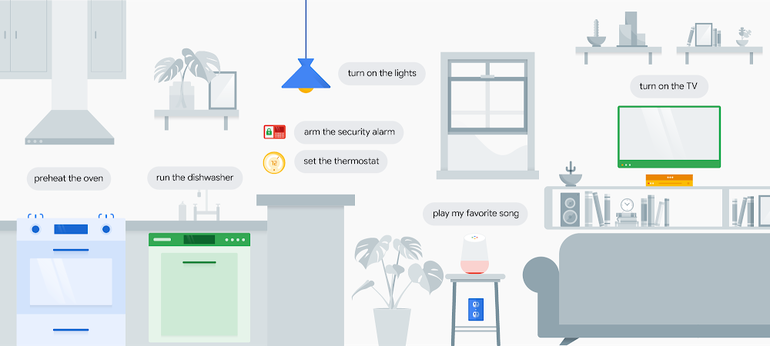
The most common critique was related to the Nest Hub Max, specifically with its camera. Here’s why. When Google entered the smart home display market with the Home Hub their bold statement was: No camera means more privacy. Now, as the company has collected all of its smart home products under the Nest banner, they have something else to say: Always-on cameras that recognise your face are the future!
The rebrand to Nest has raised a lot of dust, it shows that Google has doubled down on smart homes, which makes the future of the brand even more exciting. Who knows how they will adapt to our lives in the future? The clock has already started counting down to the next Google I/O, and while we are waiting, we’re likely to see a lot more exciting news in the smart home ecosystem. So stay tuned.
If you are thinking about bringing Google Home into your smart home see how to connect it if you are a Loxone smart home owner, Gira smart home owner or if you own any other KNX smart home.
Your new all-in-one KNX / Loxone Server.
